Xiluo Bridge (西螺大橋) spans the mighty Zhuóshuǐ River (濁水溪), the unofficial boundary between north and south Taiwan, connecting the counties of Changhua and Yunlin. Construction began in 1937 under Japanese colonial rule but came to a halt after the attack on Pearl Harbor as the allotted steel was needed for the war effort. In 1952 the bridge was completed under the incoming Chinese Nationalist government with American steel and financial aid. At 1,939 meters in length it was one of the longest bridges in the world when it was finished—second only to the Golden Gate Bridge at that time—and became such a source of national pride that it appeared on Taiwanese bank notes (specifically 第一套橫式新臺幣) and stamps in the 1960s. Originally it was equipped with sugar railway tracks but these have been removed and nowadays only light road traffic is permitted to cross the bridge.
I became interested in Xiluo Bridge after seeing in pictures and reading a little about its history online. I made my first crossing at night while riding a bicycle from Tainan to Changhua. Not long thereafter I returned to Xiluo and crossed by day. It is a beautiful and refreshing ride across the broad alluvial plains and it isn’t so highly trafficked that you cannot stop along the way and admire the scenery framed by the distinctive red steel structure of the Warren trusses.
By night the southern terminus of the Xiluo Bridge comes alive with the sound of music and the sight of dozens of locals enjoying a night on the riverbank. There are tables, chairs, and other places to sit, several mobile cafes selling drinks and snack, and a stage setup for bands and karaoke. I can’t say whether this is a regular occurrence or not but I saw crowds along the riverbank on more than one occasion so I would imagine it’s fairly commonplace. Xiluo retains a distinctly vintage vibe and these gatherings feel like a throwback to simpler times in the town of swords and vegetables. And, as luck would have it, this beautiful old bridge was declared a historic site in the 2000s, so there are no plans to tear it down. Something of the past will live on.
There are many posts about this historic bridge in the Chinese language blogosphere; for a small sampling try here, here, here, and here.
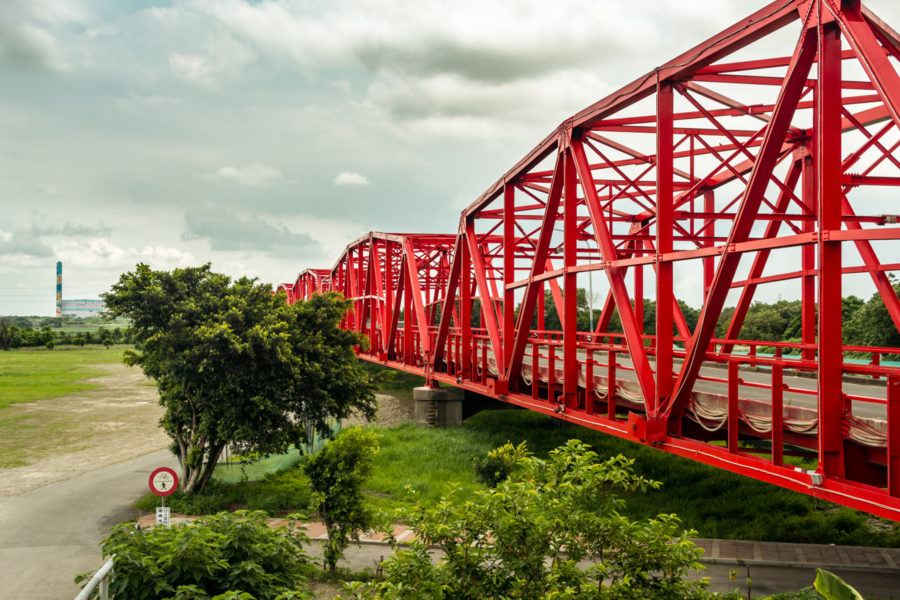
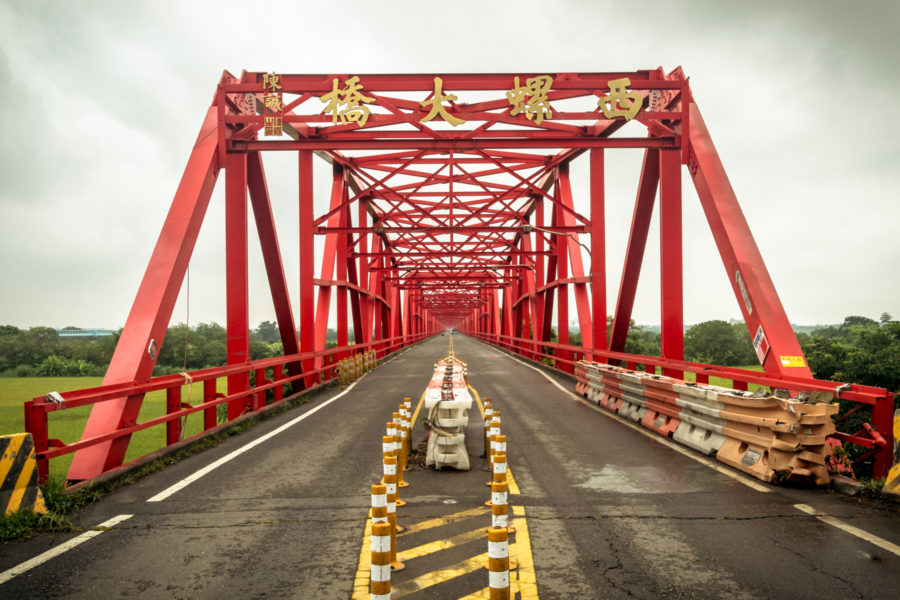
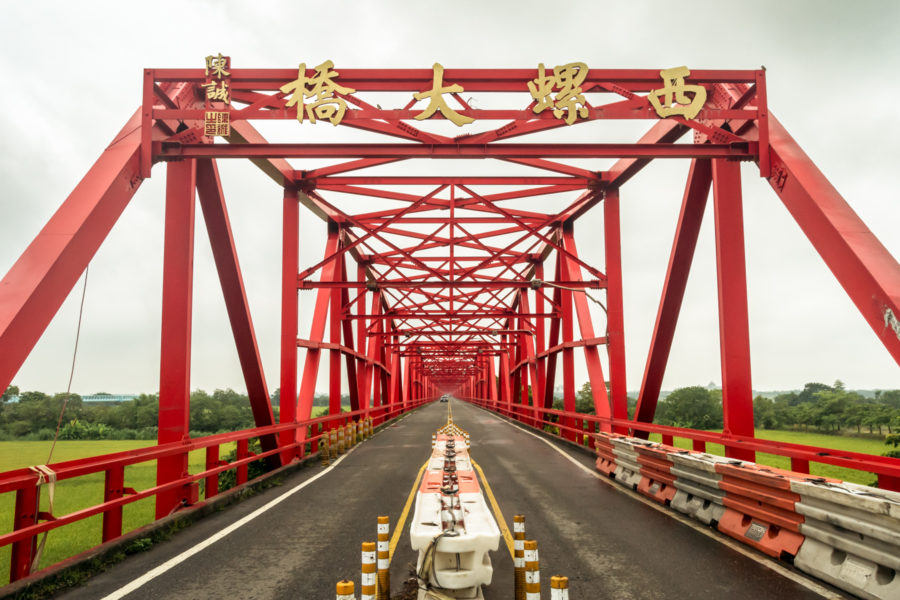
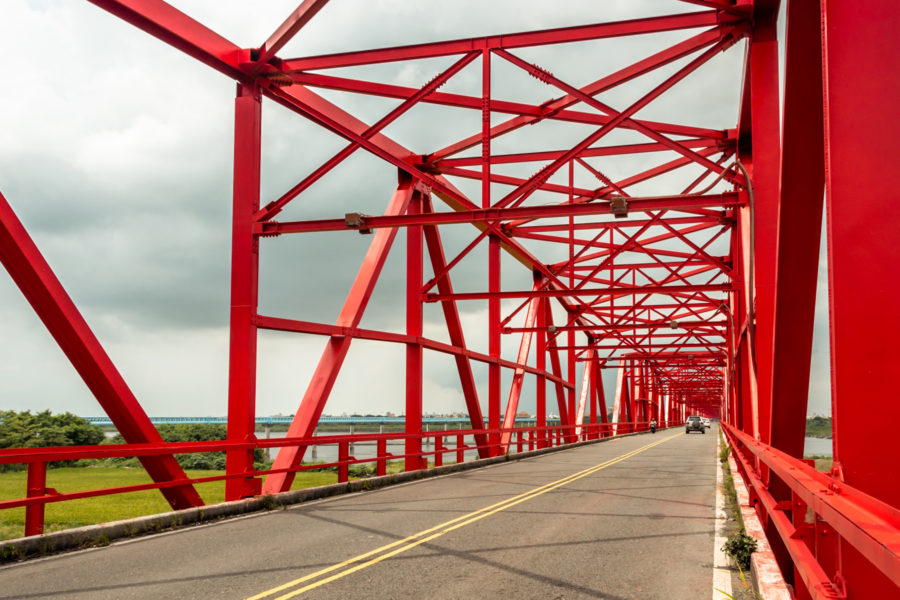
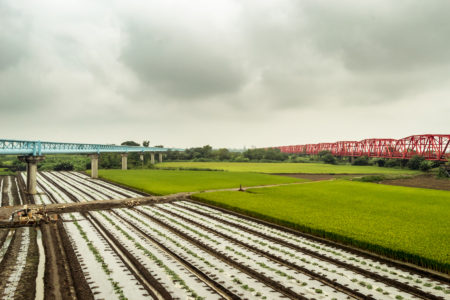
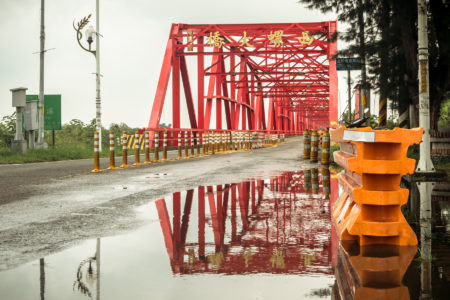
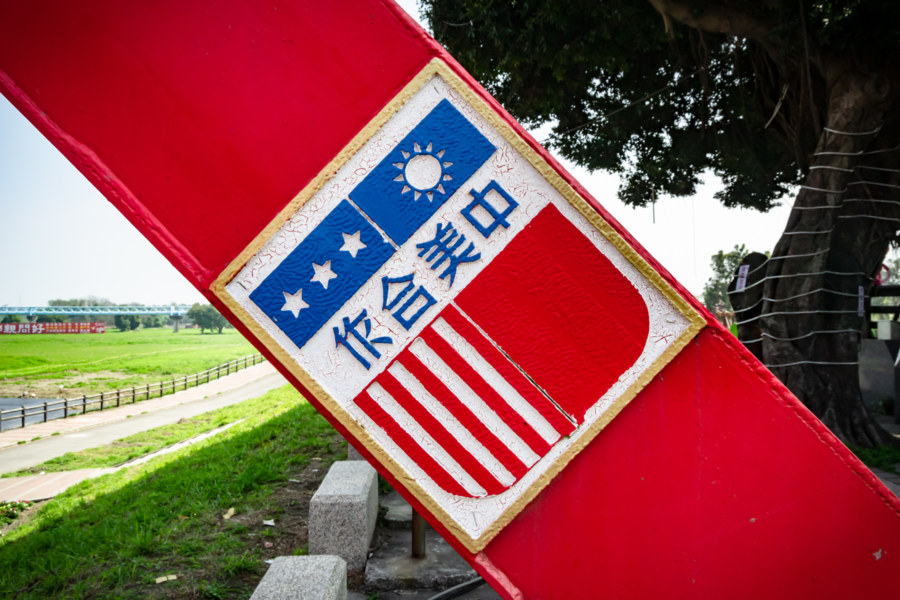
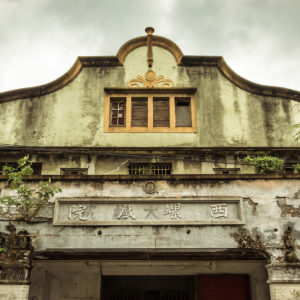
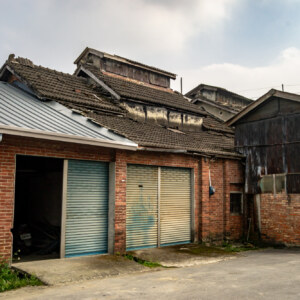
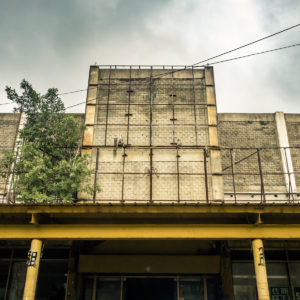
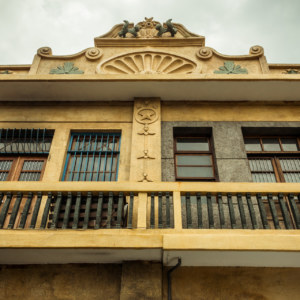
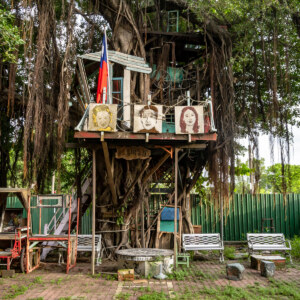
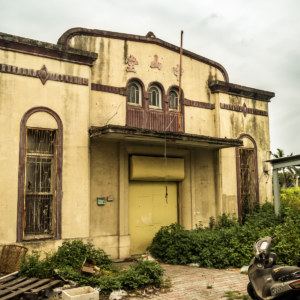
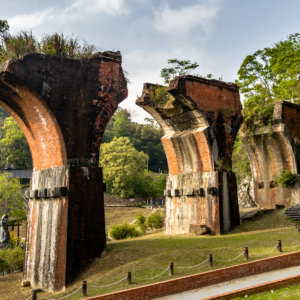
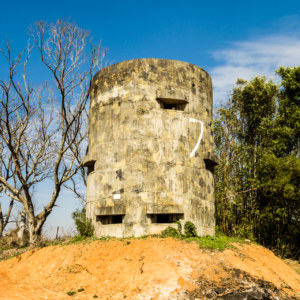
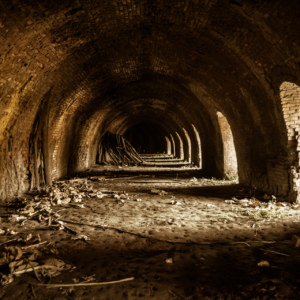
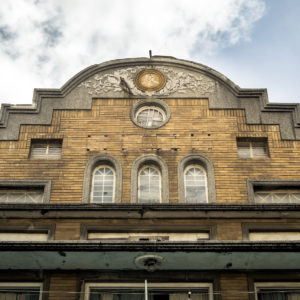
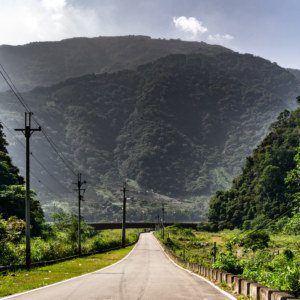
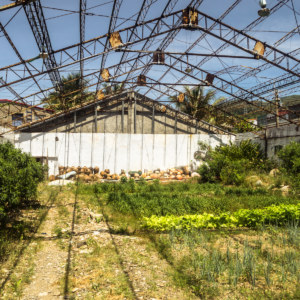
The “mighty” Zhuoshui River? My wife is from Xiluo, and I’ve crossed the Xiluo Bridge more times than I can remember, during all seasons and times of day. I realize that due to geography, Taiwanese rivers aren’t particularly awe-inspiring (they tend to reach the sea before getting much of a chance to build up steam), but except during typhoons, nothing about the Zhuoshui ever struck me as being “mighty”.
The bridge is pretty cool, though…
I am being somewhat ironic in my usage of the term “mighty” in this context… but the Zhoushui River is indeed Taiwan’s longest!